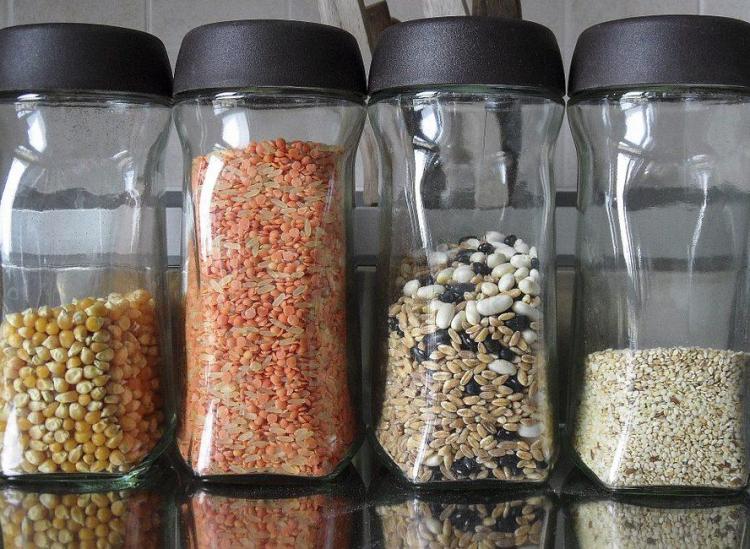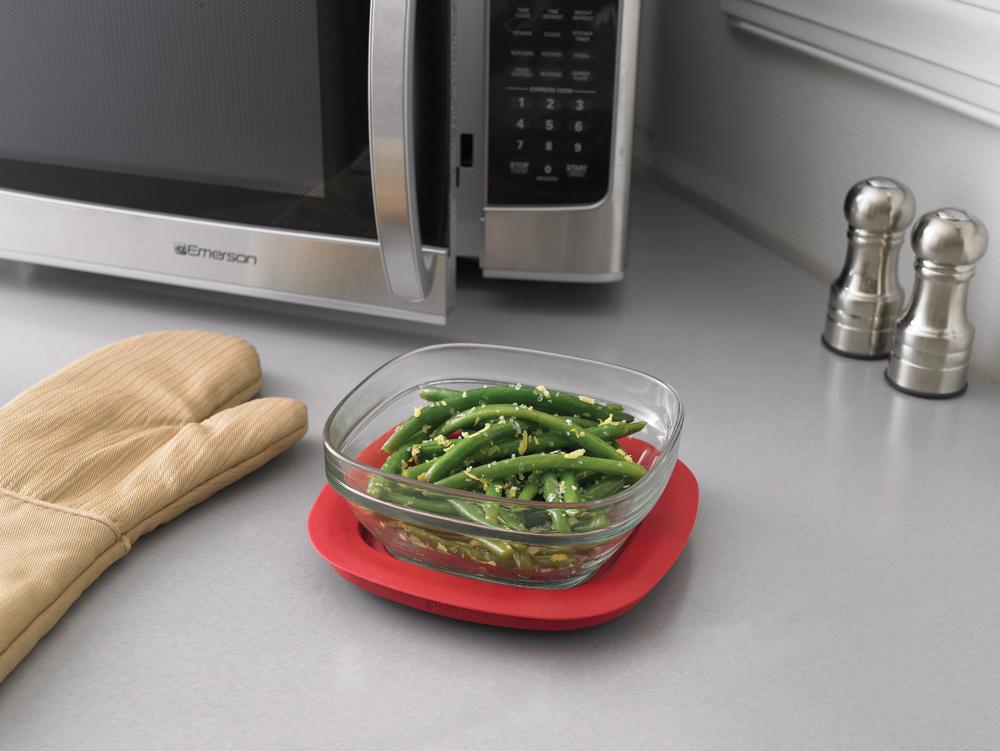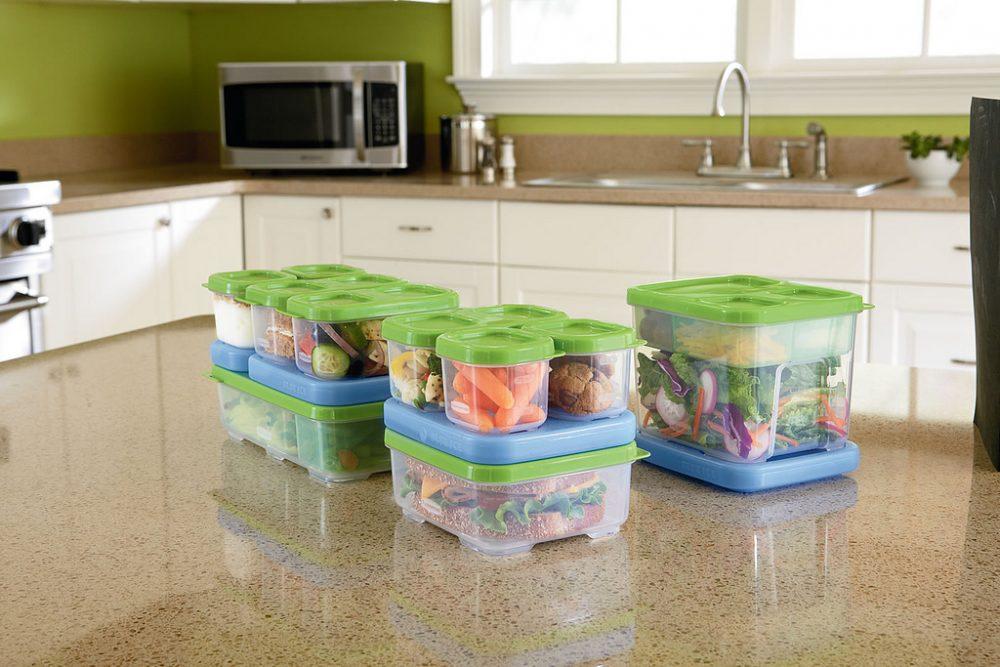This Is Why Your Choice Of Tupperware Really Matters

Pixabay
We thought the plastic vs. glass Tupperware argument was settled long ago when we realized the dangers of microwaving particular plastic products. Yet there are more plastic options on the market now than ever before and the battle of food storage containers wages on.
When it comes to picking the right Tupperware for you — something that you reheat, rewash and reuse frequently — you really should weigh all the factors involved in what you’re buying. So we’re going to help you break the decision down a little bit.
Glass

Flickr/Rubbermaid
Glass is the clear victor when it comes to avoiding stress about food safety. There is zero risk of toxic chemicals leaching into your food, and it works well in reheating both solids and liquids. Glass also has little negative impact on the environment (score) and is super easy to clean and reuse.
The three main downsides if you go the glass route, though, have to do with price, weight and space. Glass options are definitely more expensive than their plastic counterparts, so you have to think of it as an investment in your kitchen (and your chemical-free diet). It also gets pretty damn heavy when you have to tote several containers of leftover food to work the following day for lunch, so accept it as an additional arm workout. And lastly, glass containers don’t nest nearly as compactly as plastic ones do, so you’ll need to clear more cabinet space for this purchase.
Plastic

Lifehack
Plastic gets a pretty bad rep, but not all plastic options pose a threat in terms of general storage (which isn’t the same as reheating). You just have to know how to spot the difference. First things first: take a look at the bottom of plastic Tupperware and locate the little triangle symbol and the number next to it. That number is telling you what kind of plastic it is, and there are seven options. Numbers 1, 2, 4 and 5 are generally safe for food storage and reuse, whereas you want to avoid numbers 3, 6 and 7. You obviously want to go BPA-free as well.
There are several reasons so many of us opt for plastic at the end of the day, many stemming from convenience. There are plenty of cheaper options that can be bought in a supermarket instead of a specialty kitchen store, they take up much less space than glass containers and they’re virtually weightless.
However, you really shouldn’t heat any plastic containers ever. So even if you lug your lunch to work in these babies, you need to move your food to microwave-safe plates and bowls before nuking them. And if you are heating up your plastic (tisk tisk), you’ve probably noticed that it’s a bitch to clean afterward. That funky film you have to really work to scrub away certainly isn’t appetizing (or saving you any time either).
So what’s it gonna be? Are you team plastic or team glass? No judgment on our end (but obviously, glass is the superior choice).











